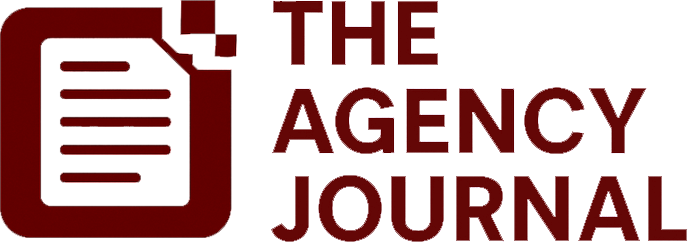AI Agents in Healthcare: Transforming Patient Care and Administrative Tasks
Use Case 1: Virtual Health Assistant for Patient Engagement
What is it?
This AI Agent helps healthcare providers improve patient engagement by offering real-time responses to patient inquiries. Patients often feel overwhelmed by complex medical jargon and fragmented information. This agent serves as a friendly guide, providing answers and resources tailored specifically to the patient’s concerns.
Tools & Technologies Used
| Tool | Purpose |
|---|---|
| GPT-4o | Core LLM for understanding patient queries and generating human-like responses |
| Zapier | Integrate with CRM systems to send appointment reminders |
| LangChain | Orchestrating multi-agent interactions to provide a seamless experience |
Workflow Purpose – What the Agent Does at Each Step
- Capture Intent: The AI agent receives patient inquiries through various channels such as chat or email, initiating a tailored interaction.
- Understand Context: It classifies queries, be it about medication, appointments, or general health advice, to determine the needed action.
- Data Enrichment: The agent accesses patient records (with consent) and knowledge databases to provide accurate and contextually relevant information.
- Action or Resolution: The agent generates personalized responses or takes actions like scheduling appointments or sending reminders through integrated systems.
- Accountability & Feedback Loop: It logs interactions for future reference and analysis, allowing healthcare providers to monitor engagement efficiency.
Use Case 2: Automated Medical Billing Agent
What is it?
Dealing with medical billing errors can often feel like navigating a bog. This AI Agent streamlines the billing process, improving efficiency and reducing denial rates.
Tools & Technologies Used
| Tool | Purpose |
|---|---|
| AutoGen | Generate billing codes based on treatment descriptions automatically |
| RAG Pipelines | Provide real-time access to billing guidelines and coding updates |
| Make | Automate workflows between different billing software and databases |
Workflow Purpose – What the Agent Does at Each Step
- Capture Intent: The agent receives billing entries from medical staff shortly after treatment.
- Understand Context: It recognises distinct elements like procedures and patient details to ensure accuracy.
- Data Enrichment: Connects with internal billing software to retrieve necessary codes and compliance data.
- Action or Resolution: It produces invoicing documents and ensures they meet compliance standards before submission.
- Accountability & Feedback Loop: The agent logs denials and successful submissions, providing data for improving future billing practices.
Use Case 3: Medication Adherence Monitoring Agent
What is it?
This AI Agent assists in ensuring patients adhere to their prescribed medications, a critical factor in effective healthcare. Patients often forget doses, leading to complications. This agent acts as a patient companion, reminding them of their medication schedule.
Tools & Technologies Used
| Tool | Purpose |
|---|---|
| Claude | AI-driven communication for personalised reminders |
| Zapier | Integration with telehealth platforms for syncing medication schedules |
| LangChain | Managing multi-agent workflows for escalating non-responses to healthcare providers |
Workflow Purpose – What the Agent Does at Each Step
- Capture Intent: The AI agent monitors the patient’s medication schedule and sets reminders.
- Understand Context: It differentiates medications, scheduling, and patient preferences to tailor its reminders.
- Data Enrichment: It fetches data from electronic health records to monitor medication changes.
- Action or Resolution: The agent sends reminders via text or app notifications, encouraging adherence.
- Accountability & Feedback Loop: It tracks adherence rates and sends alerts to healthcare providers if patterns of non-compliance are observed.
In this rapidly evolving landscape of healthcare, integrating AI Agents will not only enhance operations but also elevate the patient experience. The true value lies in how technology can free up healthcare professionals to focus more on what they do best, caring for patients.





